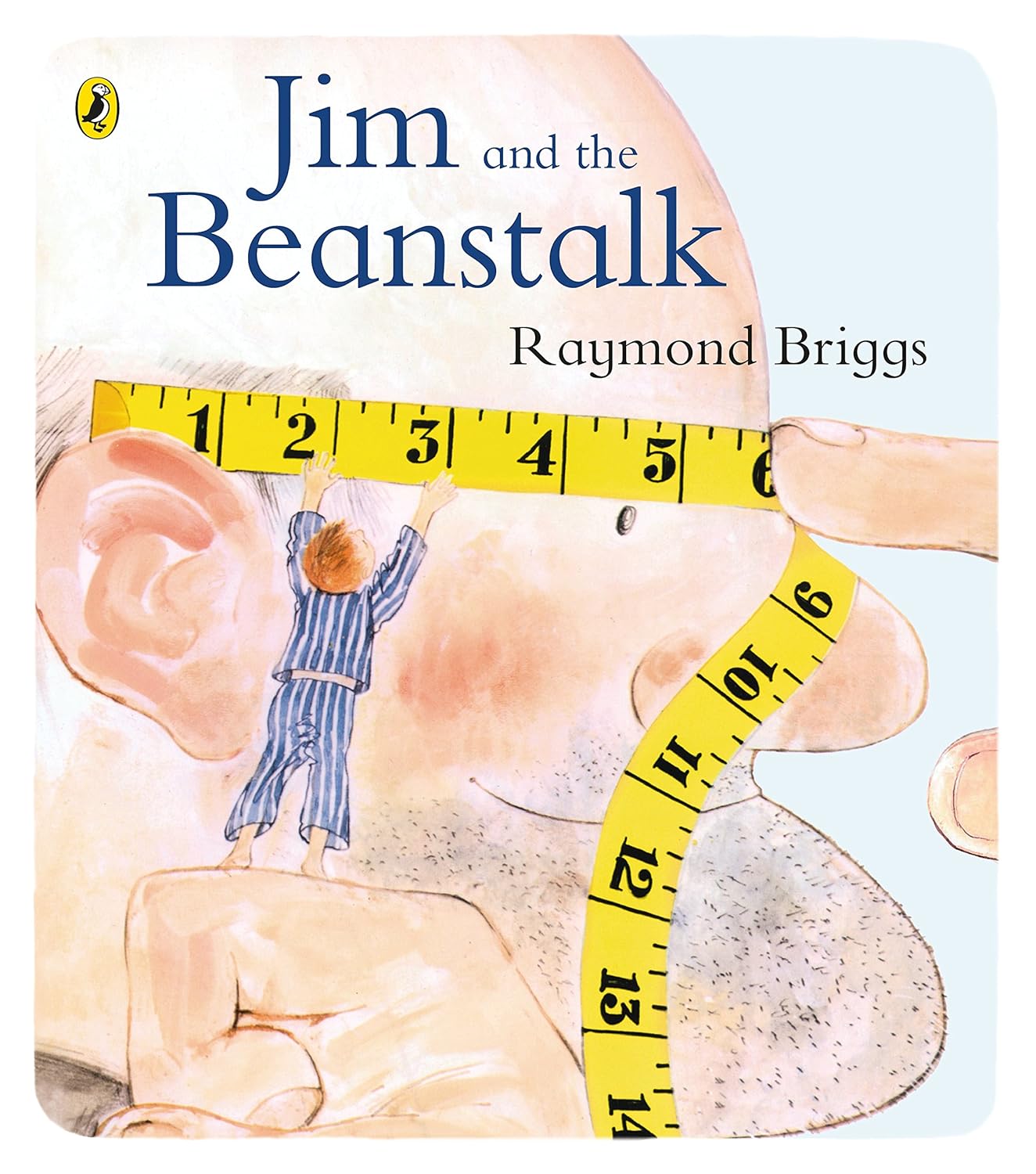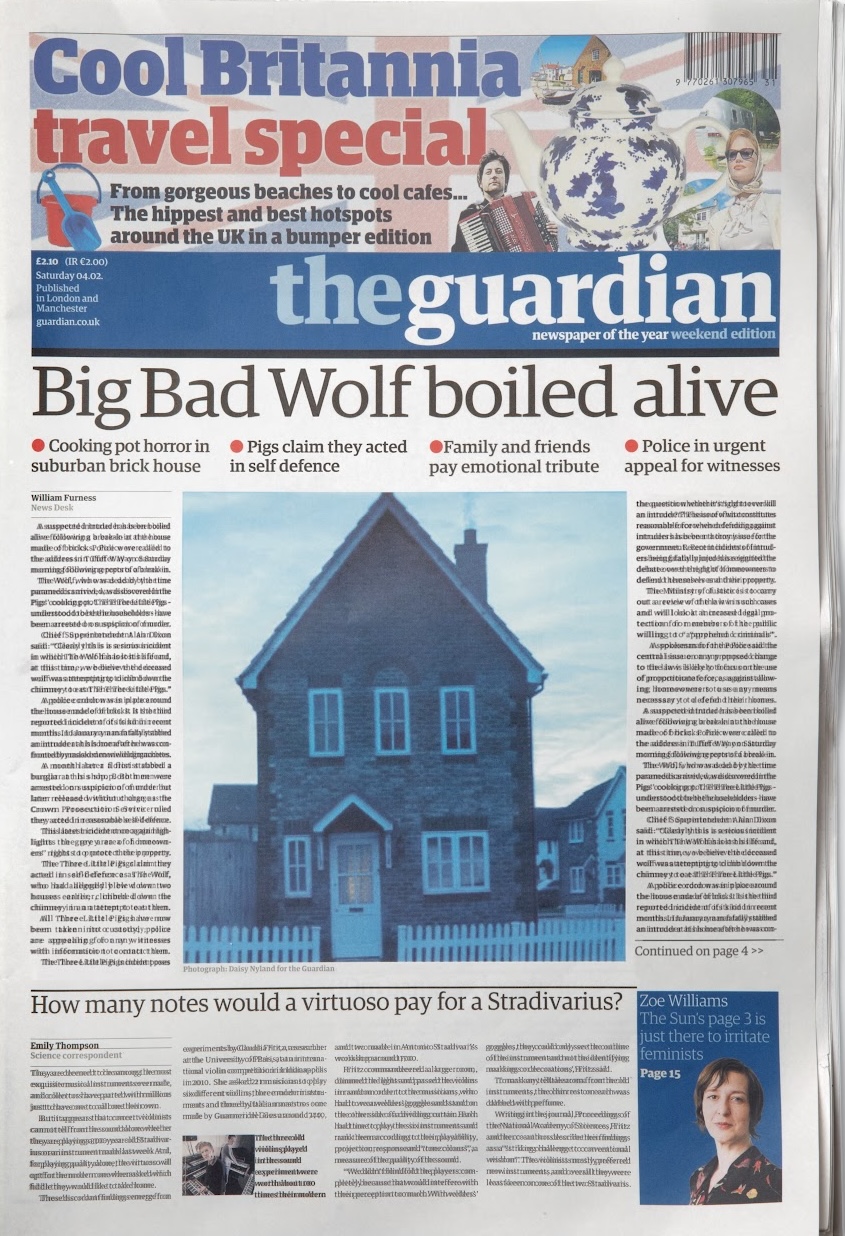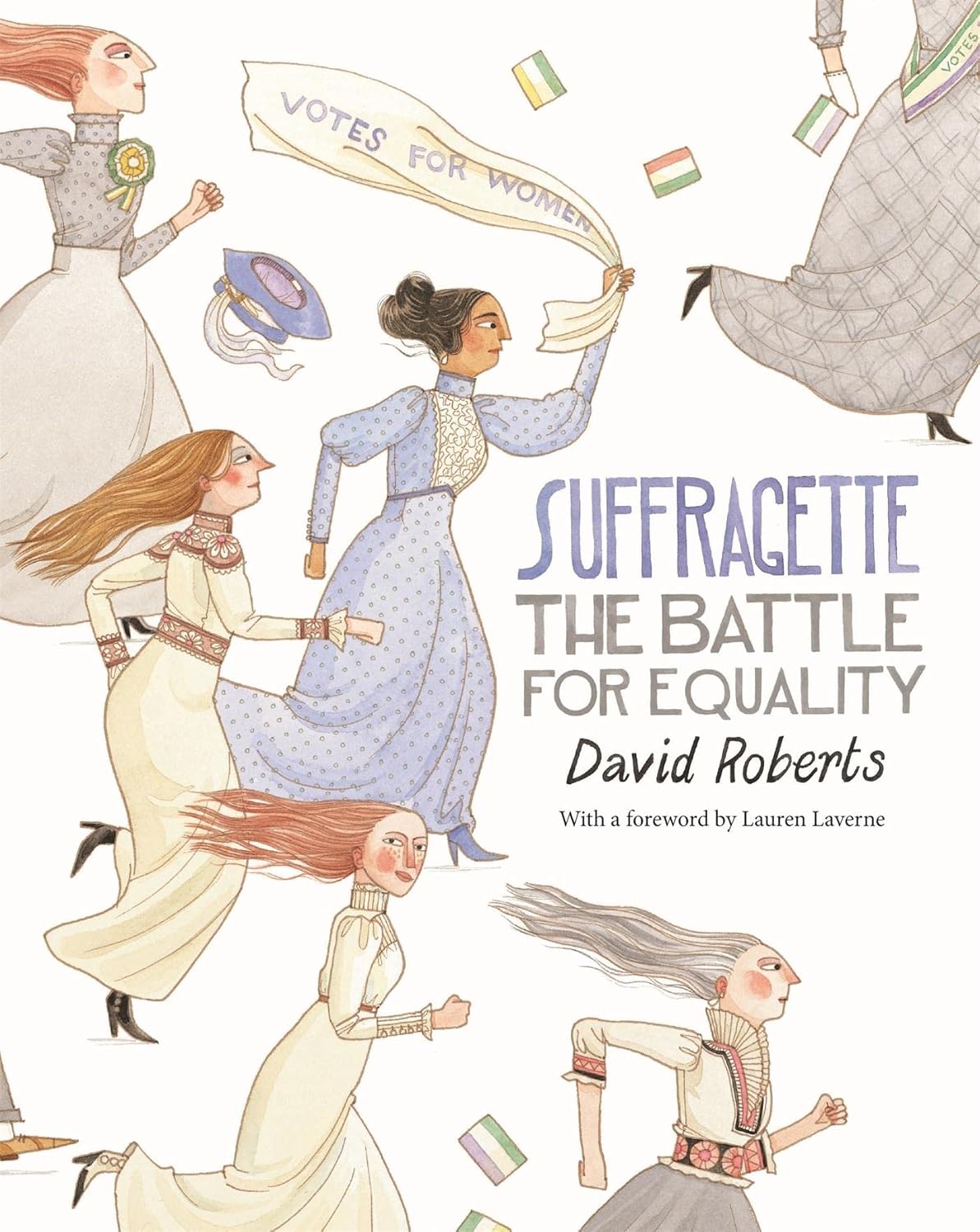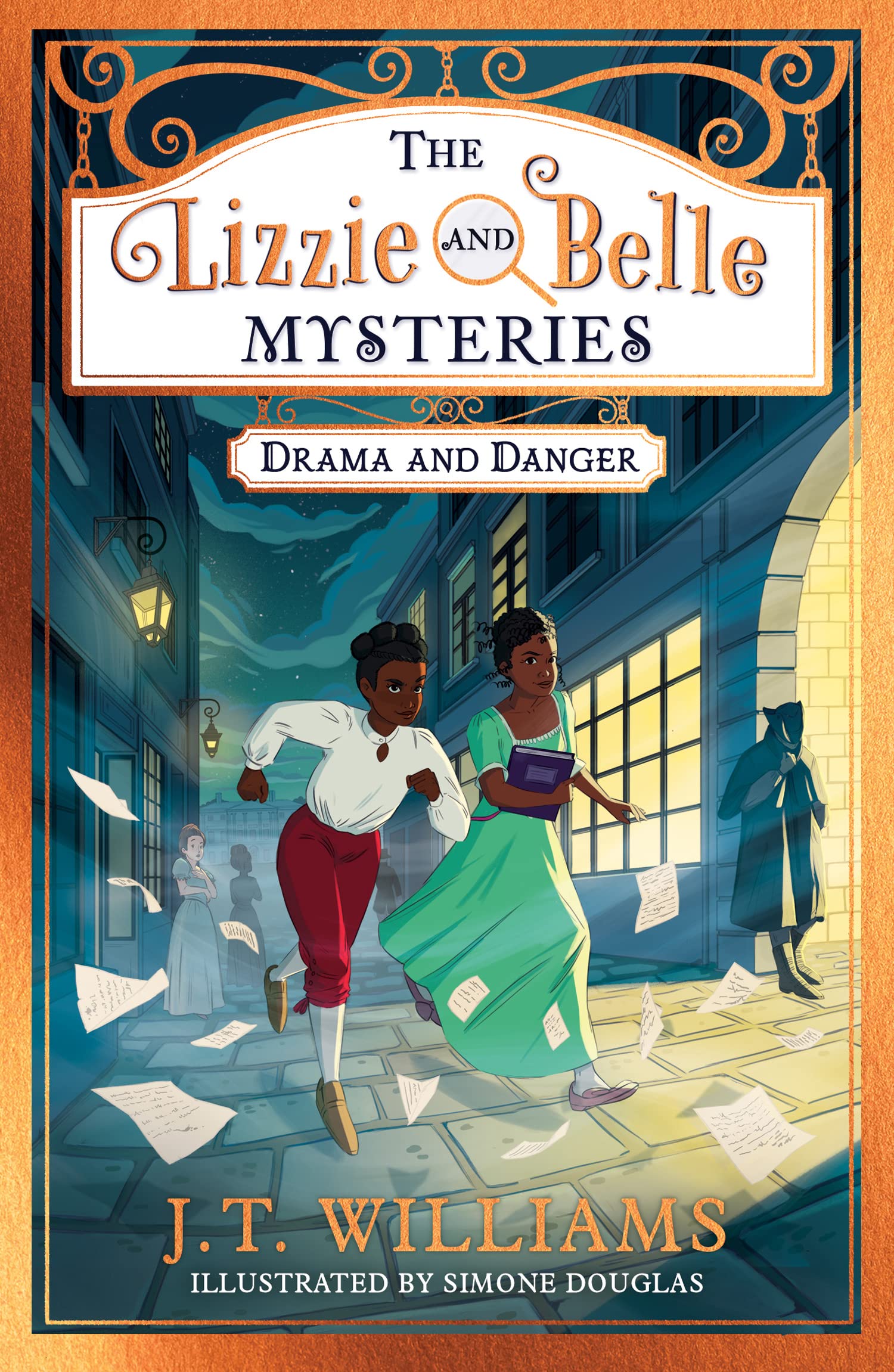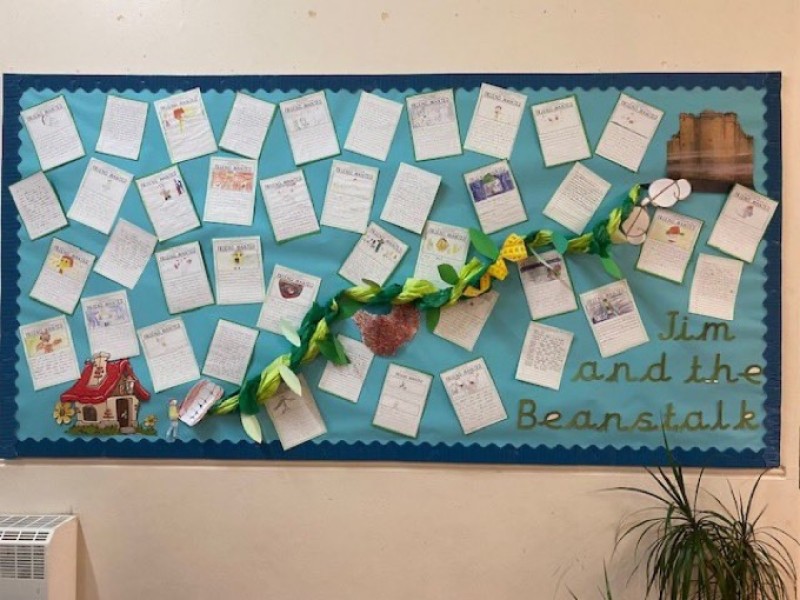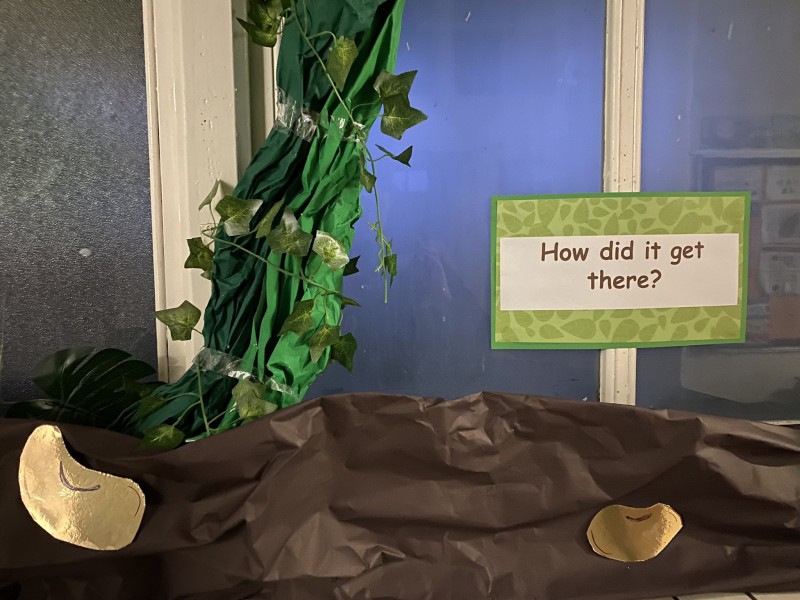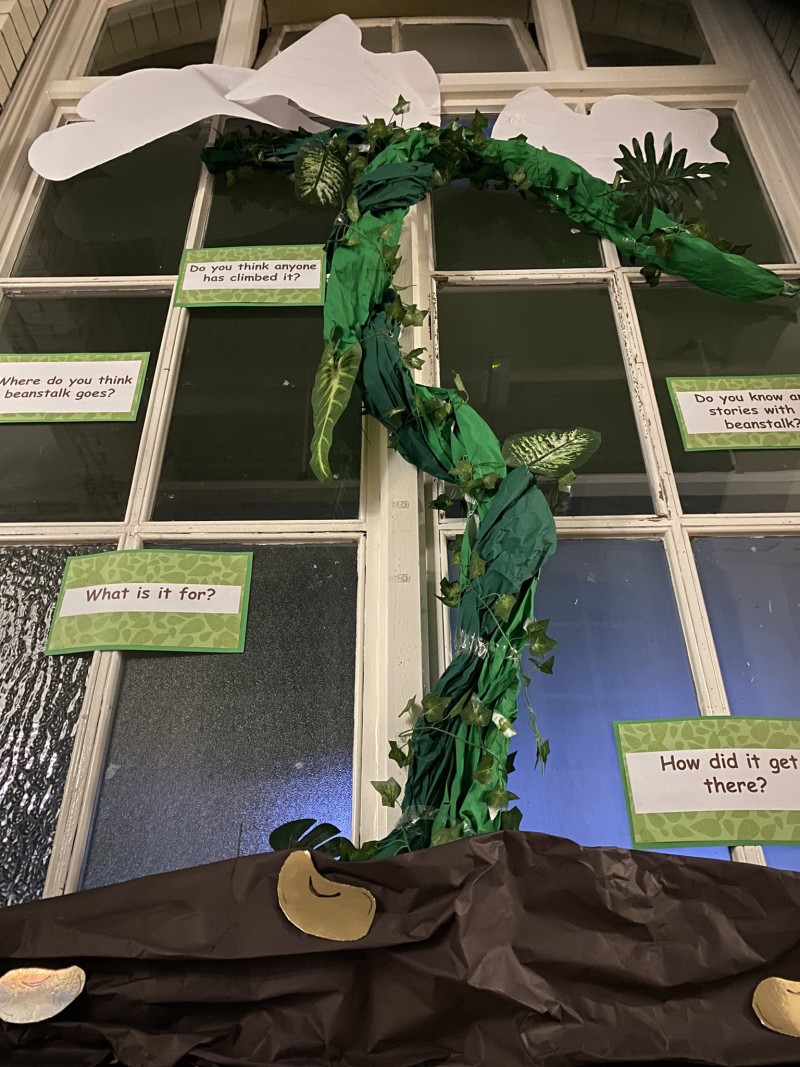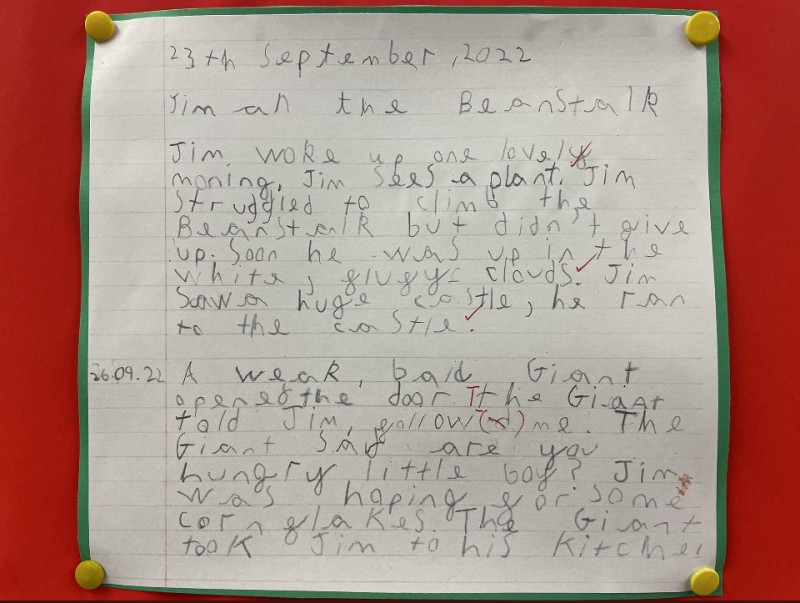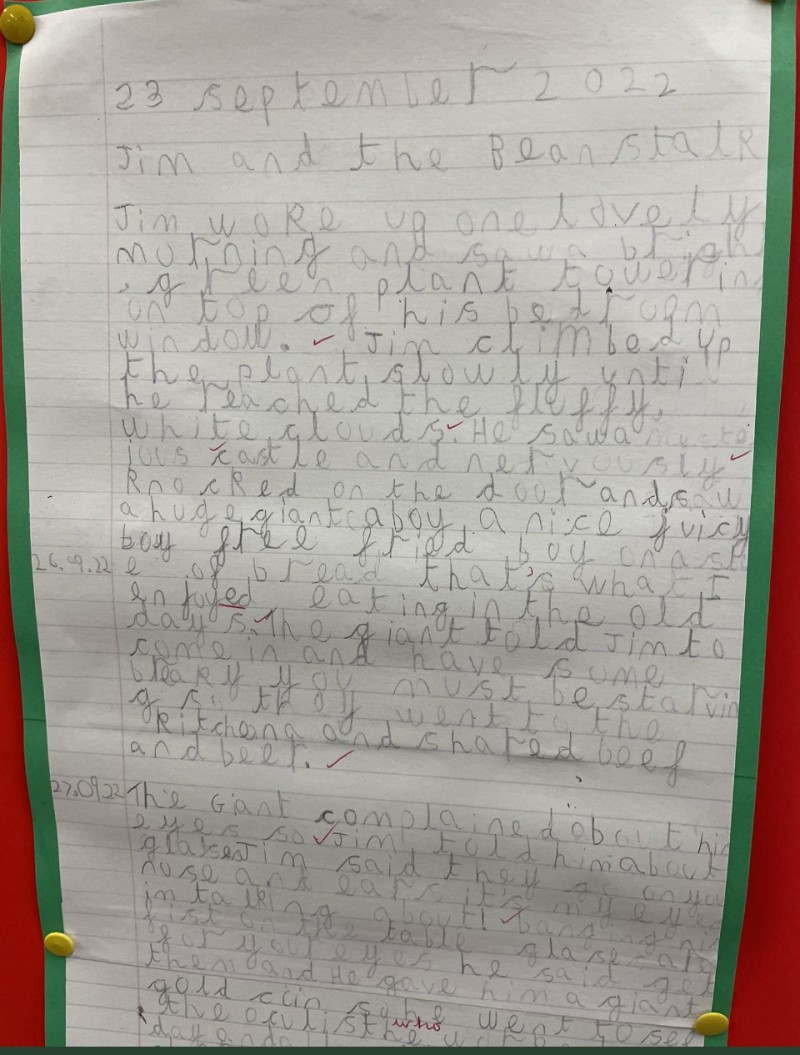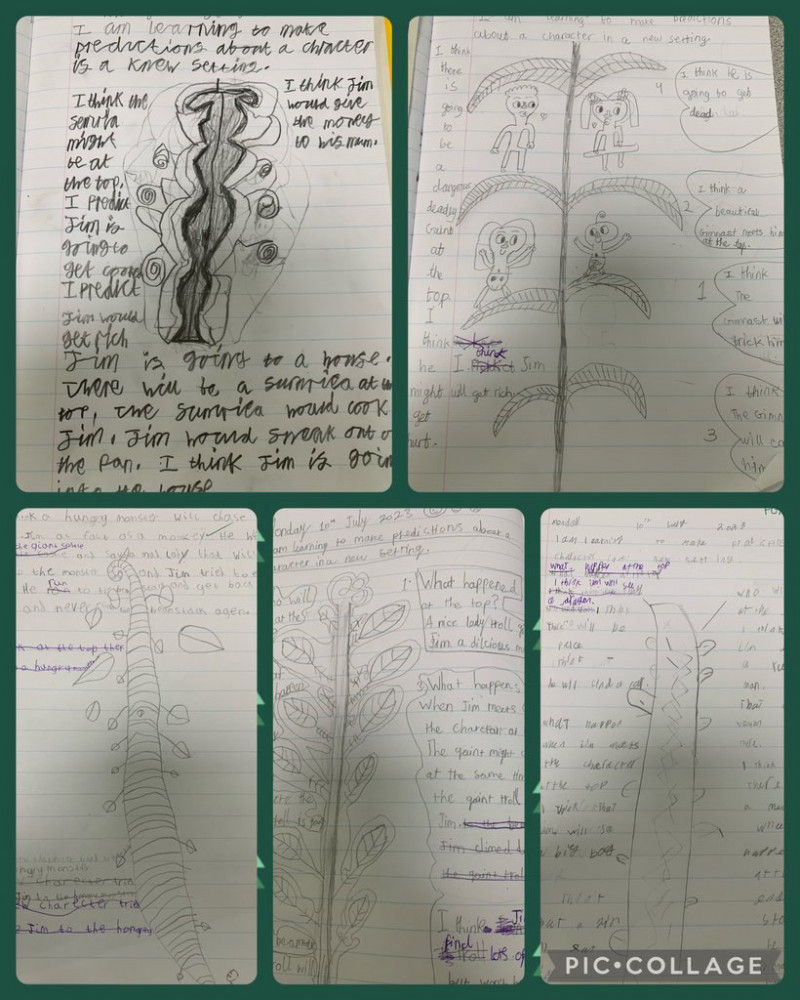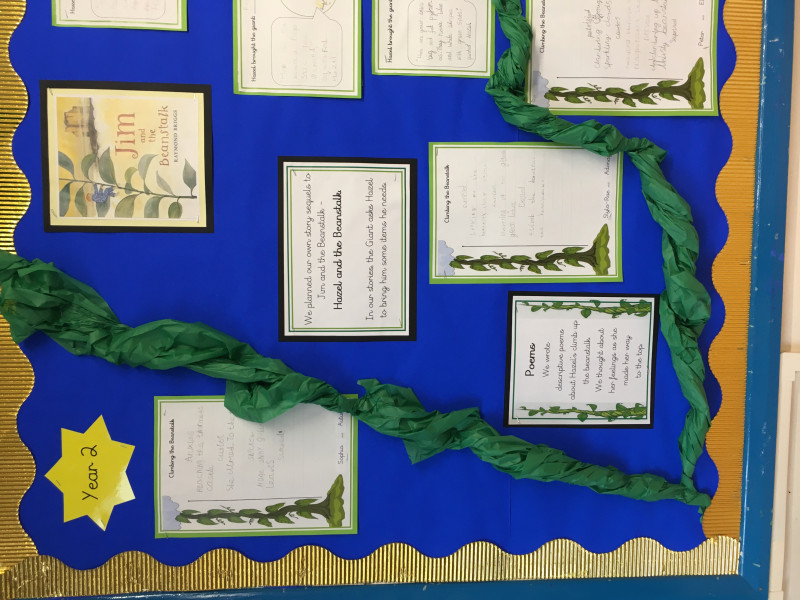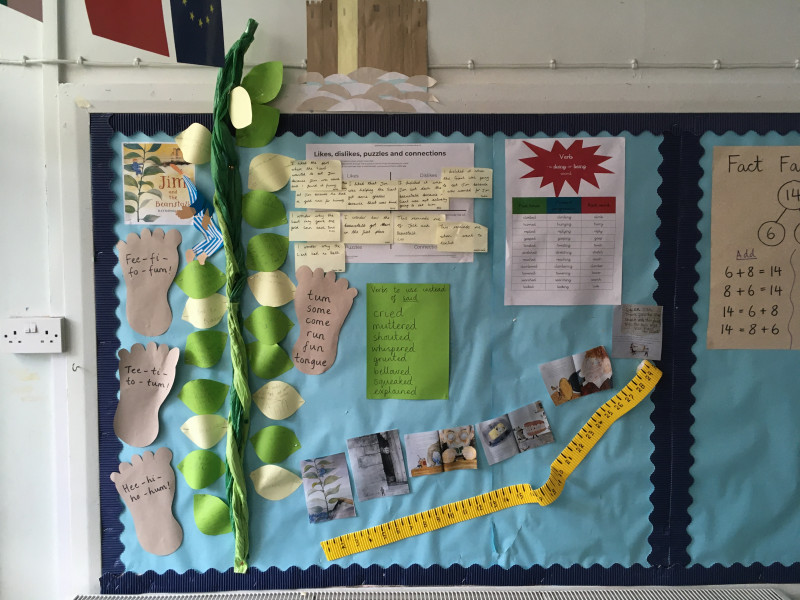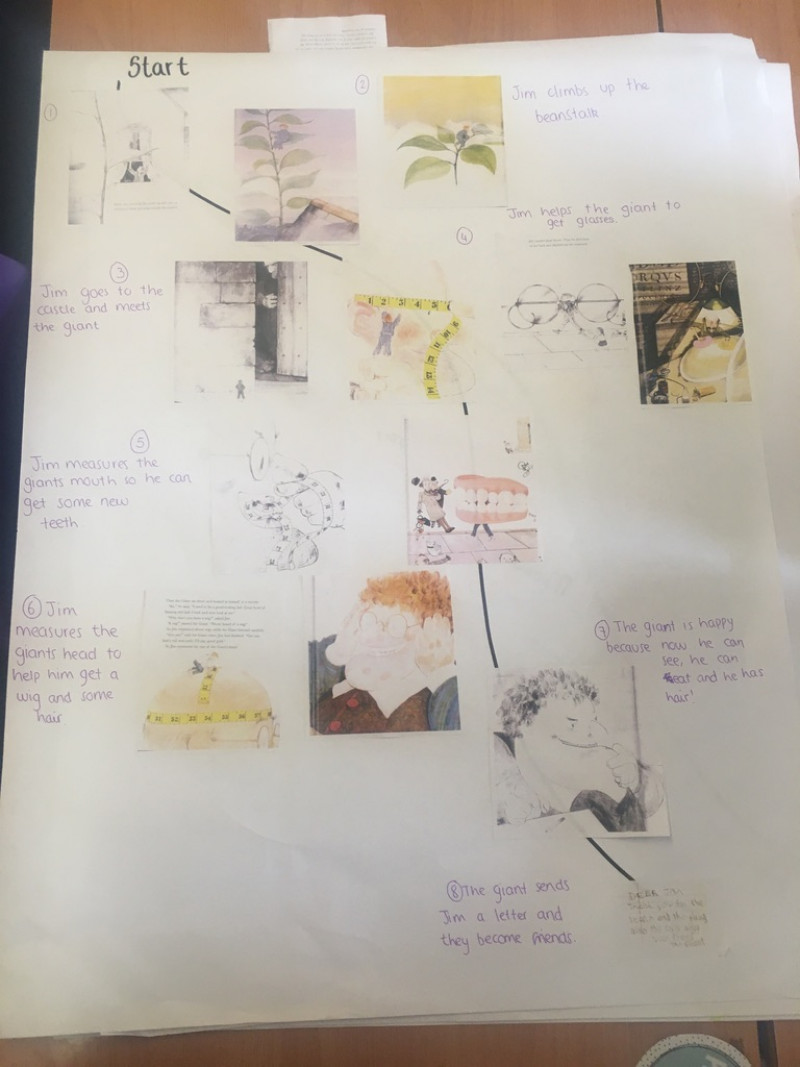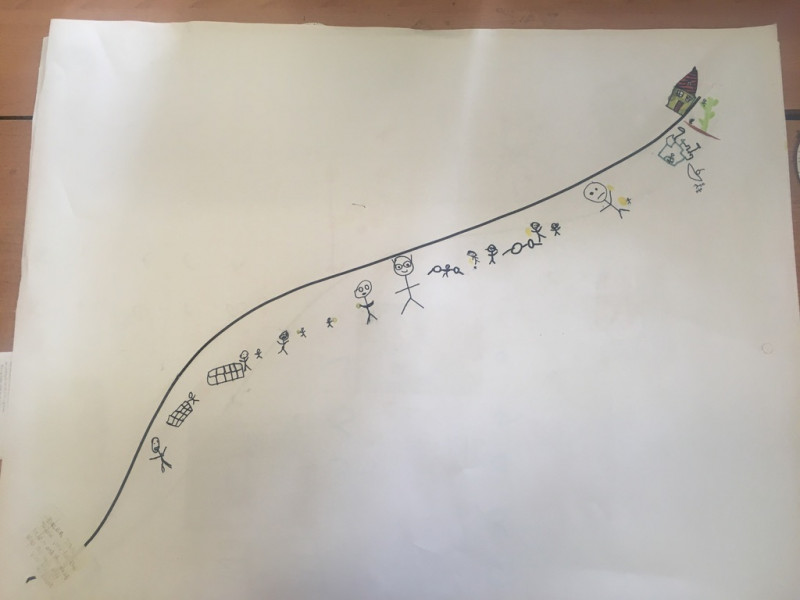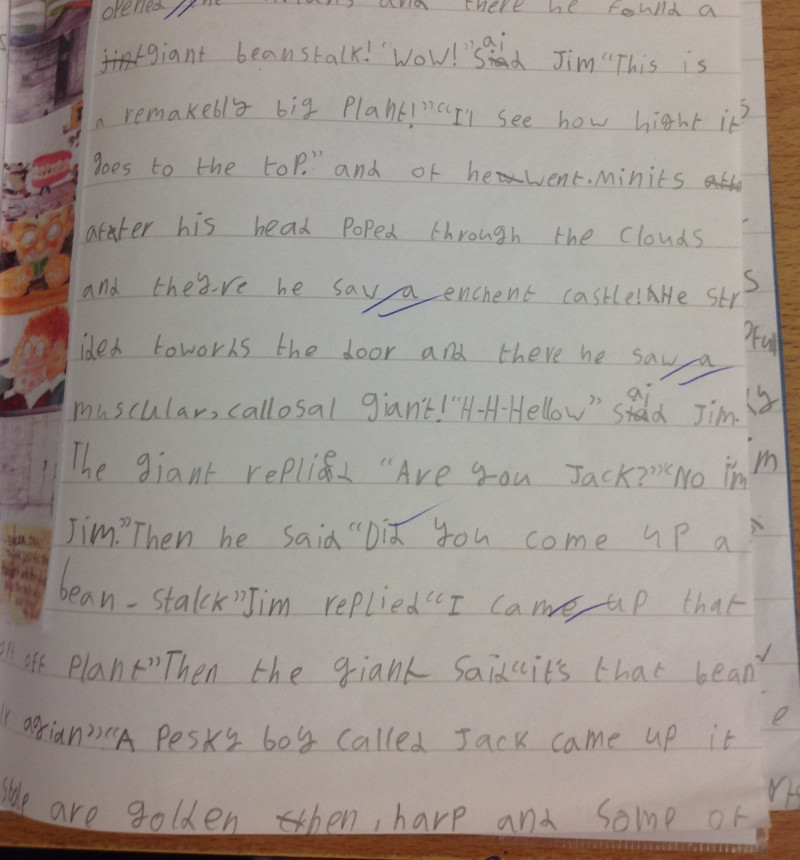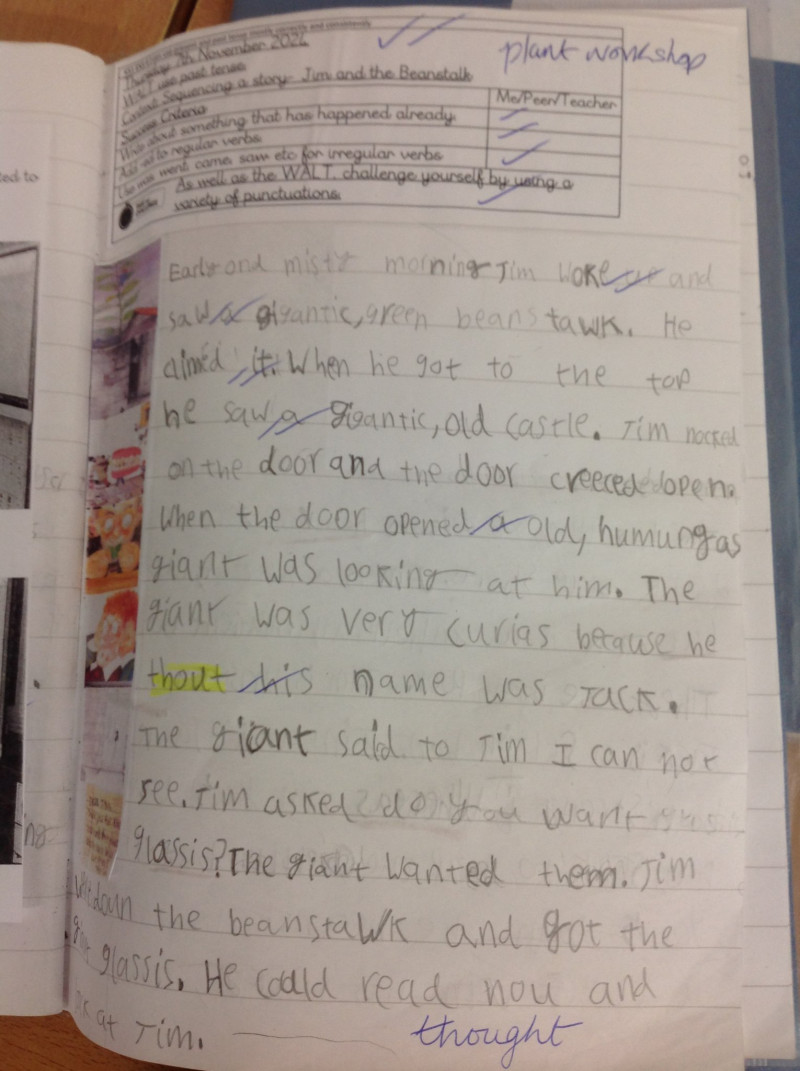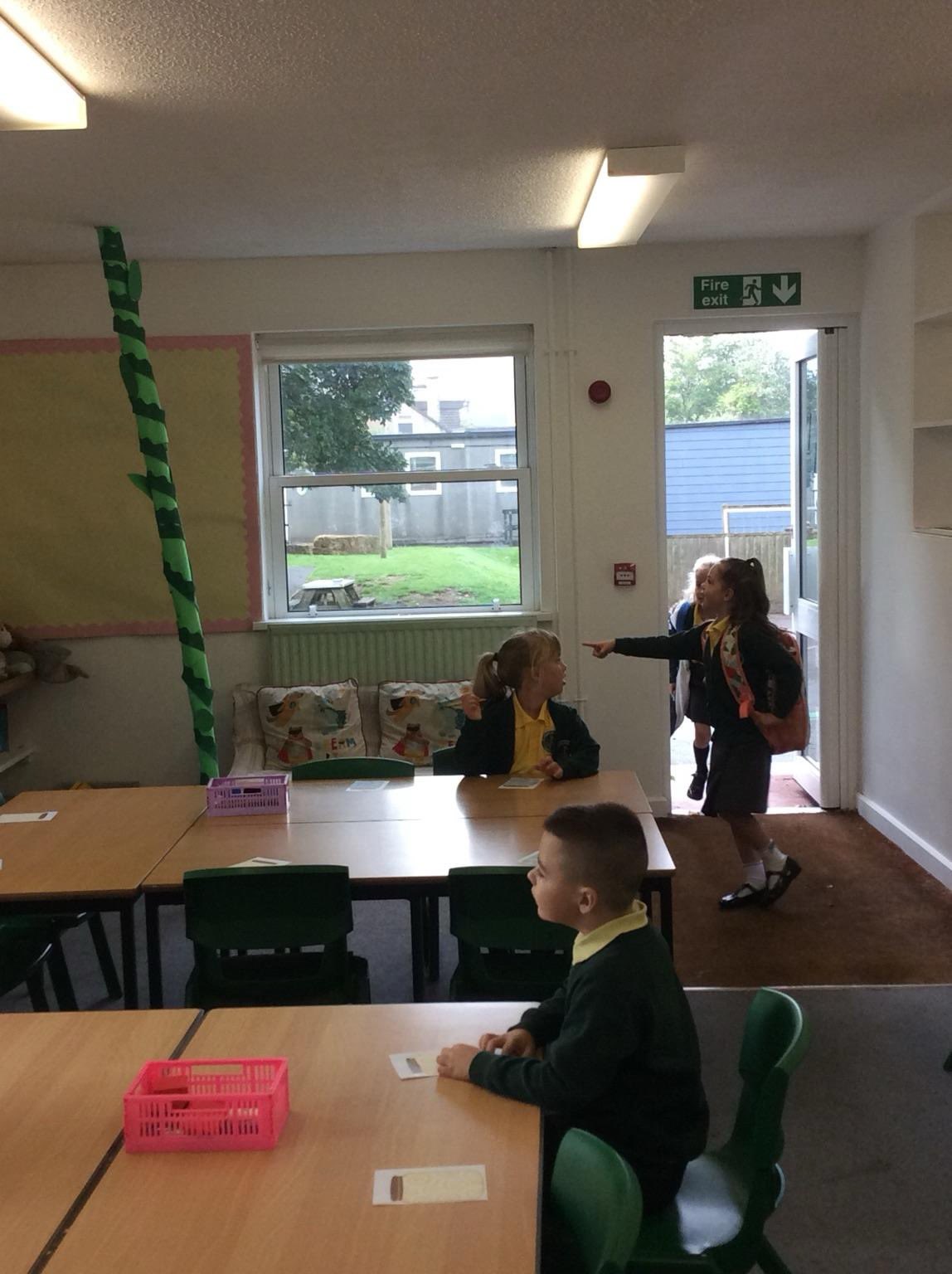A Writing Root for
Jim and the Beanstalk
By Raymond Briggs
£5.00 Incl. VAT
Main Outcome:
Sequel story
Length:
15 sessions , 3 weeks
Work Samples:
View work samplesLinked Resources:
View resourcesAdditional Outcomes:
Narrative re-telling (including dialogue), thought bubbles, informal letters
Overview and Outcomes:
This is a three-week Writing Root for Jim and the Beanstalk by Raymond Briggs. To begin with, ensure children know the ‘original’ version of the story – read it some weeks before. Ensure they have access to a number of fairy tales and ‘twisted tales’ in the book area/class library. Introduce the idea of a fairy tale sequel, using ‘Jim and the Beanstalk’ by Raymond Briggs. Children discover a beanstalk and footprint in the classroom and use this to engage with and learn the story and retell it to one another. Children then use their knowledge of the sequel to initially innovate and then create their own sequel to another well-known fairytale, e.g. Auburn Hair and the Three Bears.
Synopsis of Text:
In this re-telling of the classic children's story by author of The Snowman Raymond Briggs, a little boy called Jim finds a beanstalk outside his window one morning. Like his predecessor Jack, he decides to climb it - and at the top, he finds a huge castle and a rather grumpy giant. But this giant isn't at all what Jim expected . . .
Text Rationale:
Raymond Briggs is an iconic author/illustrator who has distinctive style and has written many timeless stories. This text is a great introduction to Brigg’s style and is a playful sequel, set in modern Britain, to the classic fairy tale Jack and the Beanstalk. It is a great opportunity for children to deconstruct the original tale and discuss how the plot structure had been retold by Briggs. It can also lead to discussion about helping others and looking after the elderly.
Links and themes:
Traditional tales, fairytales, fairy tales, twisted tales, cautionary tales, Jack and the Beanstalk, helping others
Date written: July 2013
Resource written by:
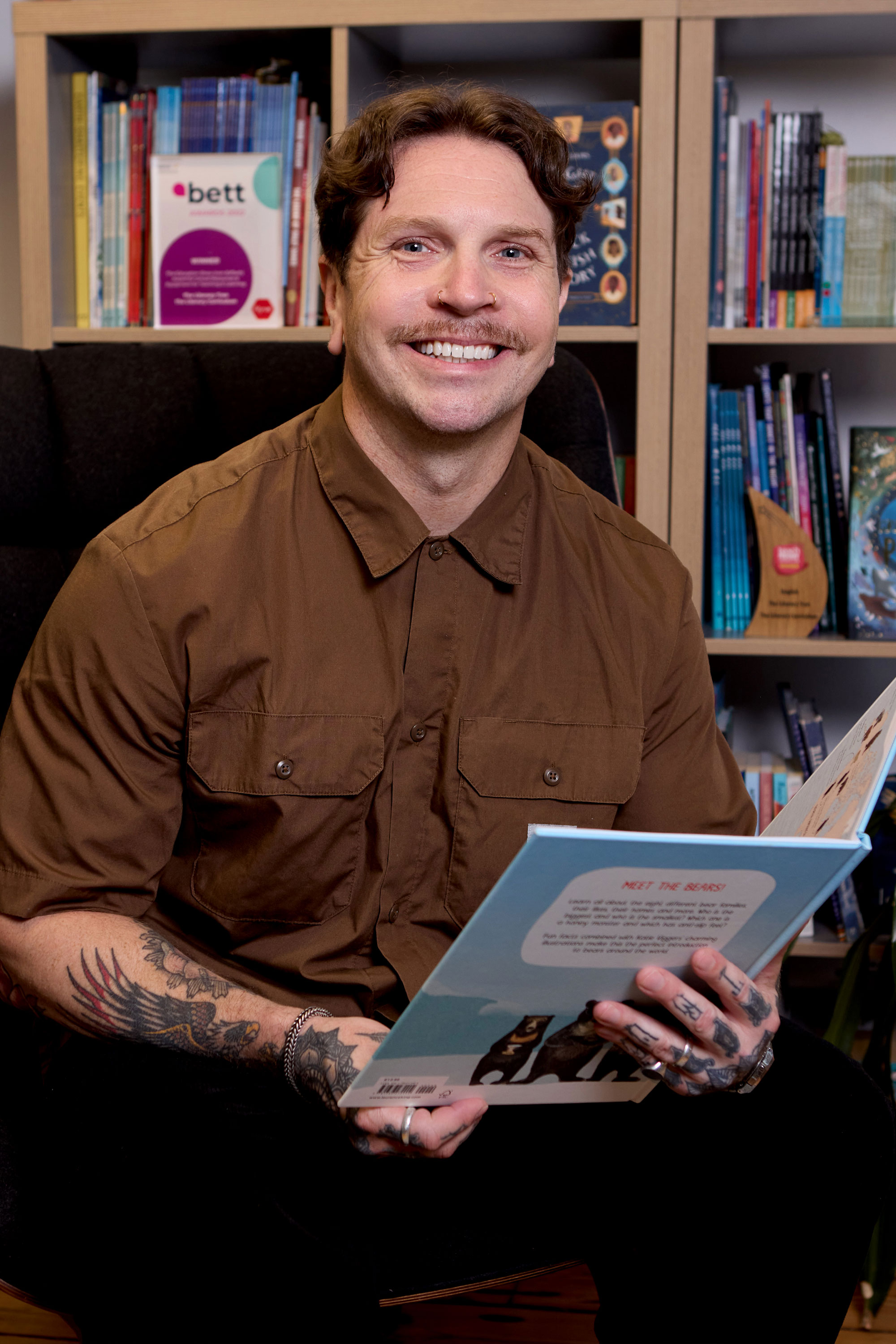
Anthony Legon
Co-CEO & Co-Founder

